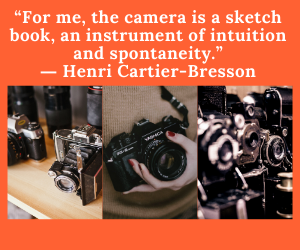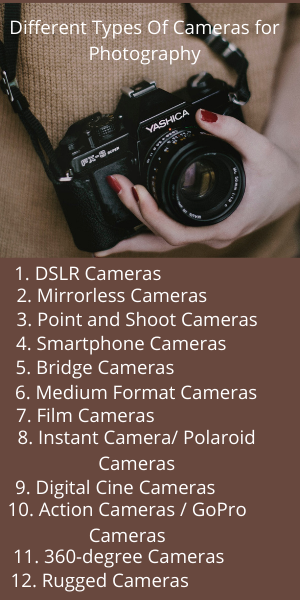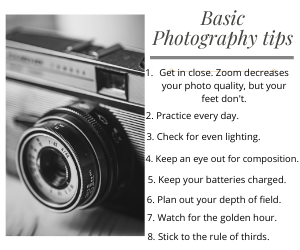8 essential tips for landscape photography
Landscape photography requires the curiosity of a child, the soul of an adventurer, and the perseverance of a hunter. We asked Loretta Grande, photographer par excellence, how she makes nature in her photos look so good.
Be adventurous
Landscape photography can sometimes be frustrating. The weather changed unexpectedly, you can’t take all your gear with you to photograph any scene and you will never know what you will encounter until you get there. Jump into the unknown and consider each session an adventure. Learning to work in adverse conditions will make you a better photographer.
Take advantage of the seasons

I am always preparing for my next adventure and I like to do it to the rhythm of the seasons. New England has fantastic colors in the fall, the mountains look stunning in the winter when covered in snow, and the tulip fields show their full splendor in the spring. And while this all sounds cliché, landscape photography is about capturing the best of the landscape in the most vibrant colors, so I like to use these classic combinations.
If I consider the idea of going to an area that I don’t know too well, I search the internet for something like “best time of year” and the name of the area. I also use Flickr or google image search to get an idea of what others found in this place. I usually find a ton of information on the best sites to photograph from a simple web search.
Take advantage of the sun

It’s no secret that sunrise and sunset are the perfect times to photograph landscapes. Photographers often call it “the golden hour” because they are the most colorful hours of the day without the harshness of sunlight with softer shadows and warmer, more radiant light on the landscape. I study the direction of the sun to see if a place is better to be photographed at sunrise or sunset. (Pro tip: The Photographers’ Ephemeris app tells you what time the sun rises or sets and also the positions of the rising and setting of the moon. Super practical!
That said, I like to photograph waterfalls, beaches, and forests during the day.
Take a photo of everything you find

Sometimes you go for impressive dawn, you planned it perfectly and the weather changes. Don’t go home! Stay there, you never know what awaits you. This image of such an expressive sky I would not have taken if it had frustrated me and if I had gone home.
Pick a place and stay there

You can move of course, but if you want to get a great photo you should be willing to take 100 photos of the same thing. Press the trigger every minute or every two minutes. When you look at your photos later you will notice the gradual changes in the light over the landscape and you can choose the shot that best shows all the characteristics of the photo. (Pro tip: Clouds light up just after sunset, so be patient.)
Use a tripod

I like to use a tripod to get sharper photos even during the day. Anything that minimizes camera shake helps you achieve a greater depth of field. That means the foreground and background of the photo are in focus. This is one of the most important rules for landscape photography.
Don’t be afraid to zoom

Sometimes people think that landscape photos are always taken as wide as possible, but I often zoom so that objects, such as mountains, appear larger and closer to the foreground.
Blur what you want

Show the movement of the water to add a dramatic touch. If you have a tripod, the exposure time should be 1 to 2 seconds to capture the movement of the water that will give it a smoothed effect. But to do it you need a reflex camera.



